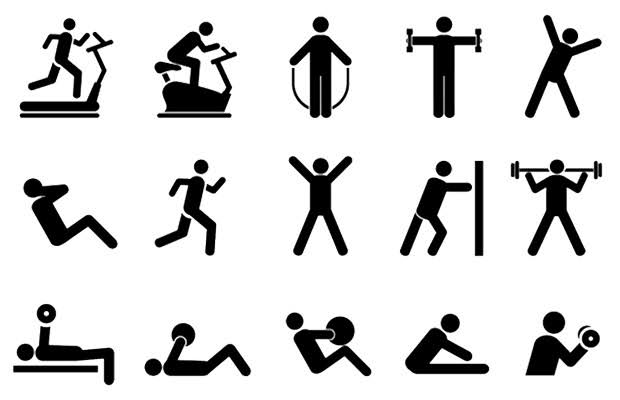Researchers identify molecular pathway underpinning exercise and improved motor learning

Led by Li Zhang, an associate professor in Jinan University at Guangzhou, China, the researchers zoned in on the mechanistic target of rapamycin (mTOR) pathway in mice. Previous research by other scientists had identified the molecular system as a potential key to understanding how exercise helps improve learning but hadn’t pinpointed the exact function.
The mTOR pathway is already known to be involved in learning and memory process. There are also reports indicating mTOR activation inside the brain after exercise training. However, our study, for the first time, provides direct in vivo evidence that exercise-activated mTOR is necessary for enhanced spinogenesis and neural plasticity.”
Li Zhang, associate professor in Jinan University, member of the Guangzhou Regenerative Medicine and Health Guangdong Laboratory.
Neurons have a hand-like protrusion on one end of their long body. The hand stretches, the fingers spread, waiting for incoming signals from other cells. The fingers are called dendrites, which can grow wispy spines–spinogenesis. The spines are memory incarnate; they store memory of a specific incoming signal that requires a quick reaction. It’s similar to how a body develops antibodies to quickly defeat pathogens that it has already encountered.
Zhang and the researchers exercised mice on treadmills for an hour a day for three weeks and compared their brains to mice who sat on a still treadmill for the same amount of time. The mice who exercised had significantly more evidence of spinogenesis and stronger neural connections in the motor cortex. mTOR appears to be a critical factor in growing the spines and in keeping the brain able to make new connections and continue to grow, according to Zhang.
“Our results identify one critical intracellular pathway for the exercise mediation of cognitive functions and address the long-standing question for the role of mTOR underlying structural and functional adaptations of neural networks in response to the exercise,” Zhang said. “We believe that the comprehensive understanding of mTOR pathway in exercised brain can provide us with objective targets and biomarkers for evaluating exercise efficiency.”
The team’s ultimate goal is to apply this information to benefit the clinical intervention of cognitive deficits in humans using exercise training.
Chen, K. et al. (2019) Exercise training improves motor skill learning via selective activation of mTOR. Science Advances. doi.org/10.1126/sciadv.aaw1888.
Reviewer:

It¡¦s in point of fact a great and useful piece of info. I am satisfied that you just shared this helpful info with us. Please keep us informed like this. Thank you for sharing.
Thank you for reading! Your support means a whole lot to us.
Your point of view caught my eye and was very interesting. Thanks. I have a question for you. https://accounts.binance.com/en/register?ref=P9L9FQKY
Please send in your question. We will be happy to respond to it as soon as possible.
I have been exploring for a bit for any high-quality articles or blog posts
on this sort of area . Exploring in Yahoo I ultimately stumbled upon this site.
Studying this information So i am glad to convey that
I’ve an incredibly just right uncanny feeling I discovered
exactly what I needed. I so much unquestionably will make sure to don?t overlook this
web site and provides it a look on a continuing basis.
Here is my webpage; situs pragmatic play
Thank you so much for your support!
Today, while I was at work, my sister stole
my apple ipad and tested to see if it can survive a thirty foot drop, just so she can be
a youtube sensation. My apple ipad is now broken and she has 83 views.
I know this is entirely off topic but I had to share it with someone!
Also visit my web site … 온라인카지노 추천
Thank you for sharing!
Thanks for ones marvelous posting! I certainly enjoyed reading it, you might be a great author.
I will make certain to bookmark your blog and will eventually come back from now on. I want to encourage one to continue your
great writing, have a nice holiday weekend!
Here is my website: vivo slot
Thank you so much!
Good day! Would you mind if I share your blog
with my twitter group? There’s a lot of folks that I think
would really enjoy your content. Please let me know.
Thanks
Also visit my web-site; child porn
We’d be very happy for you to share this with your group, Sofia.
Thank you so much for your support!
Reading your article has greatly helped me, and I agree with you. But I still have some questions. Can you help me? I will pay attention to your answer. thank you.
Certainly!
Please, what are your doubts?